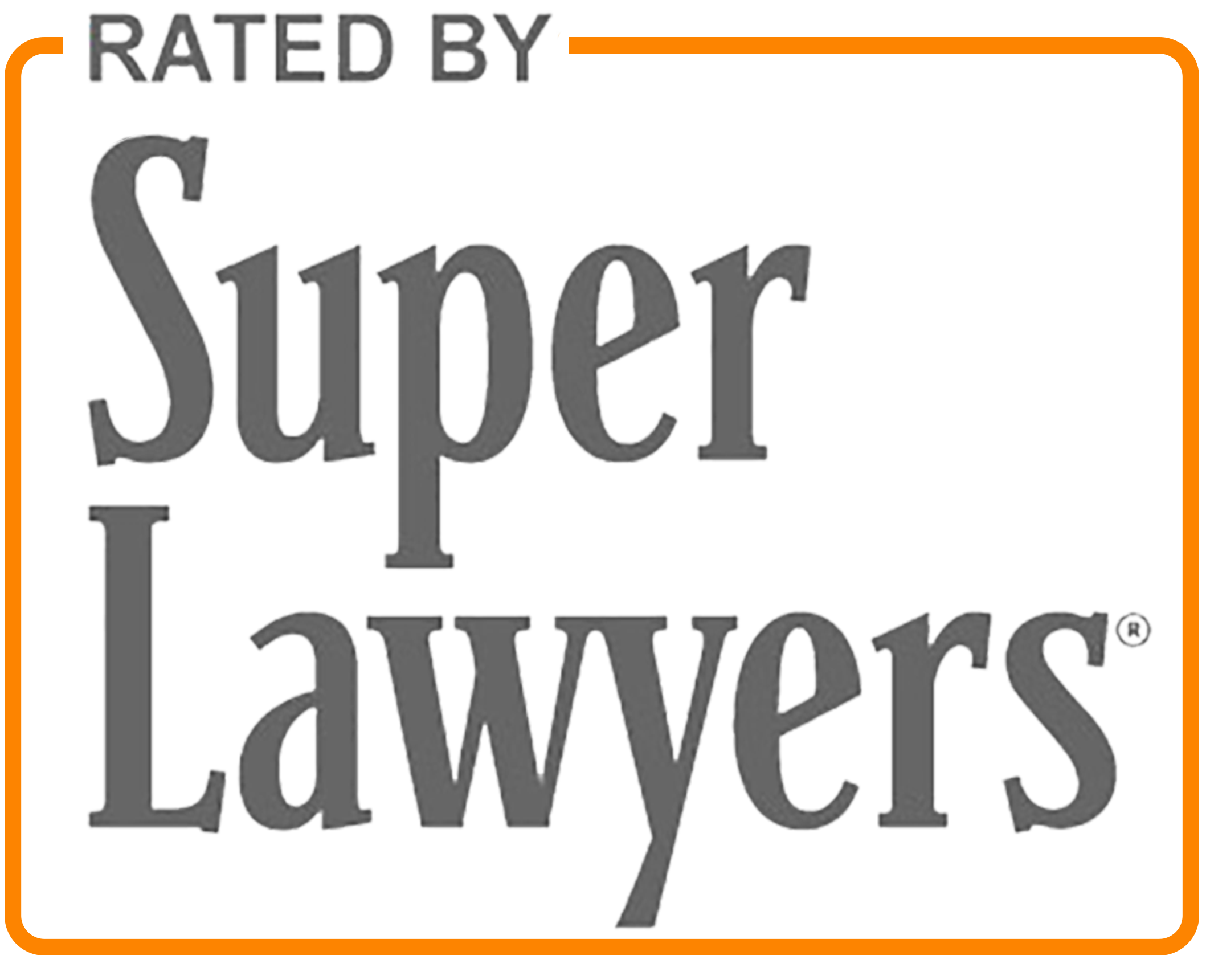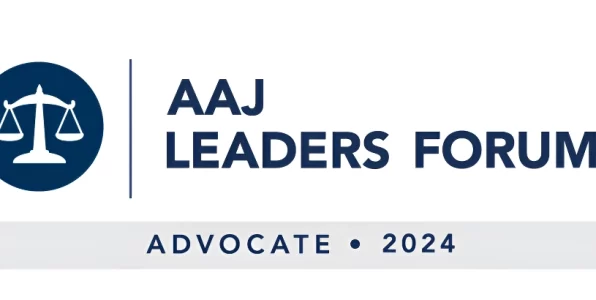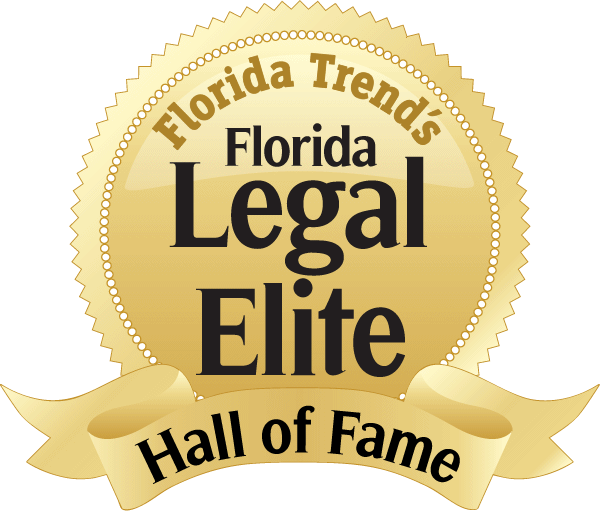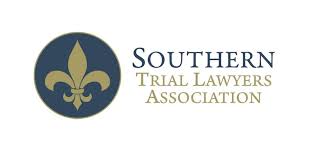By Michael Haggard and Todd Michaels, The Haggard Law Firm
Every trial lawyer understands the significance of creating and developing a strong, clear theme for their case at trial. The theme of your case initiates a tone towards your Case-in-Chief and if powerful enough, it will dictate which fork in the road, favorable or unfavorable to your client, the jury takes.
Opening Statements
Opening statement is the second opportunity the trial lawyer has to begin planting the seed of bias in favor of his or her client—seasoned and skilled trial lawyers understand voir dire is really the first opportunity. It is critical to communicate to the jury and ingrain within each member of the jury a persuasive and powerful theme. Why? Once your theme is etched into the minds of the jury, each juror will begin to look for evidence that supports that theme. If a particular piece of evidence contradicts that theme they will likely discard that piece of evidence or they may not associate as much credence with it as they would have had it fit with your theme. This is vital to the outcome of your case. The theme essentially summarizes your case for the jury. Whether it is a short phrase or one word, the theme should capture the case theory, tone and the area of focus for the jury. The theme should be simple and easy to understand. I can share with you a case example in a recent trial of The Haggard Law Firm—the case of Trinard Snell.
Our firm tried the negligent security case against a gas station owner and operator, which resulted in a $5.7 million dollar verdict on behalf of the deceased Plaintiff and his survivors. Understanding the importance of a clear theory and a memorable, persuasive theme, we began opening statement with our theme— inadequate security on a crime-ridden property.
The case theme was presented to the jury at the very beginning of opening statement, repeated throughout the entire opening statement and reiterated at the end. Why? A concept in psychology—primacy, and recency—tells us that order is important! The primacy effect is described as the ability of an individual to recall information better that was presented earlier rather than later. The recency effect is described as the ability of an individual to remember information presented most recently to them better than information that was presented earlier. When you combine the two, optimal information recollection is achieved. Therefore, at minimum, the jury must here your theme at the beginning and at the end of your presentation.
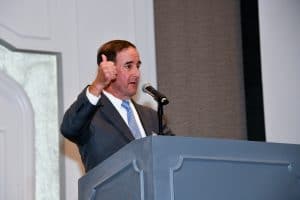
Testimony and Evidence Presented
After your jury has been indoctrinated with the theme of your case through voir dire and opening statement, you must keep the jury on that same track during the presentation of the oral testimony and physical evidence. Depending on the length of the trial, the jury will hear days to weeks of testimony. It is their job to sort through the evidence presented and make a just decision at the end of the trial. After weeks of testimony, jurors often become overwhelmed with the volume of information and evidence presented. It is the trial lawyer’s job to organize this testimony and evidence presented to the jury in a manner that diminishes this information overload. I use the analogy of a train on a train track to best describe this concept. The theme is the locomotive. Your jury represents the passengers on the train. The trial lawyer must keep his or her passengers onboard throughout the entire trial until arriving at destination “Favorable Verdict.”
One way to ensure your train passengers are not disembarking is to reiterate your theme and theory of your case throughout each segment of the trial. Your theme should be clear, concise and easy to recognize. The theme is the lens through which your jury will view the case. It is imperative that the lens you provide to the jury is the correct diopter—representing a powerful and persuasive theme. An incorrect diopter will result in a hazy, unclear view of your case and perhaps an unfavorable verdict. Mock trials and jury focus groups are a great way to gauge the lens diopter your jury will need.
WE INVITE REFERRAL ATTORNEYS AND CO-COUNSEL TO CONTACT US AT INFO@HAGGARDLAWFIRM.COM or 305.446.5700
As simple as this may sound, many lawyers have a difficult time successfully implementing these techniques. Through our years of law school and demanding casework at our prosperous law firms, our legal minds are trained to analyze the complexities and minutiae of the law, creating sophisticated legal arguments for opposing counsel and the court. The basic techniques of persuasive communication are often neglected due to the lawyer’s engrossment with the complexities of the legal issues of their case and their own familiarity with legal terms and attitude of simplicity. For example, the trial attorney that uses the theme of “Negligent Actions” will be rudely surprised by the jurors’ varying definitions of negligence. Despite the lawyer’s familiarity with the term “negligence” and its rudimentary elements, it is not so easily nor correctly defined by the jury. Through juror focus groups and mock trials, the lawyer can clear out the fog and rework the case theme prior to trial. During the deliberations at mock trials, I often hear jurors begin an explanation with “Personally, I feel that…” or “To me, this means…” These phrases are indicative of “information gap-filling.” Jurors will pull from their personal experiences to fill in the gaps. Those gaps are either areas where the jury is confused or has simply forgotten the information presented. Regardless of the reason for the existence of the gap, the juror will instinctively try to fill that gap in order to make sense of the legal questions they are tasked with answering. This illustrates why trial lawyers cannot forget the basics and cannot neglect the importance of simplifying and effectively communicating those complex issues to the members of the jury. The skilled trial lawyer will be mindful of this. The skilled trial lawyer will have an engaging theme.
Nuances of the Case Theme
Now, that I have belabored the importance of a persuasive theme of the case, I will touch on the nuance of changing your case theme. As trial attorneys, we try to anticipate every possible move of our opponent. Each time I step onto the advocacy platform I come prepared for any curveball the Defense may throw. No matter how well you prepare for trial there may be some tactic opposing counsel surprises you with. The key to successfully overcoming this is to be able to spot, react and adapt quickly. Using the train track analogy again, if I see a Defendant train heading straight for my locomotive, I switch tracks to avoid a head-on collision and derailing the jury. Relating this analogy to a case example, I will use the Trinard Snell case once again.
In Snell, the Defense anticipated our general negligent security case theme. This was inevitable. Our firm has vast experience in this growing niche field of negligent security litigation and the Defense had significant exposure to our firm prior to the Snell trial. This Defense firm had been on the other side of the table across from us in other negligent security lawsuits in the past. Knowing this, we came prepared to switch tracks. We wove our original negligent security case theme into a new case theme that essentially derailed the Defense train and kept the jurors on our case theme locomotive.
Our new theme was “Decisions.” We turned the focus away from the Defense’s rant about the uncommonness of placing a security guard at a gas station and shifted it the core of the case—Decisions. This case was about a corporation that made bad decisions, that made reckless decisions and that made negligent decisions. Their decisions cost Trinard Snell his life.
Closing Arguments
Closing argument is a powerful, swaying summation of your case. It is your last word with the individuals that will be deciding your case. The closing argument should be well organized, logical, strong and influential. Your theme should be reiterated here. Your closing argument should address any contested issues the jury will be deliberating on and your theme should provide the members of the jury as the lens through which they will view the evidence back in the jury room.
In the Snell case, our closing argument began with our case theme with a reference to our opening statement. After dispelling several distractions, the Defense thought would work in their favor, we again reiterated our case theme. We kept it short and concise. The Defense, obviously rattled by our case presentation throughout the trial, rambled on and on for a lengthy period of time during closing argument. The jurors were obviously lost. On rebuttal, we decided to clean up the clutter and refocus the jury back to what this case was all about—“Decisions.” At the end of the trial, the jury returned a favorable verdict to the tune of $5.7 million. It was an incredible moment for our clients.
CONTACT HAGGARD LAW: 305.446.5700


